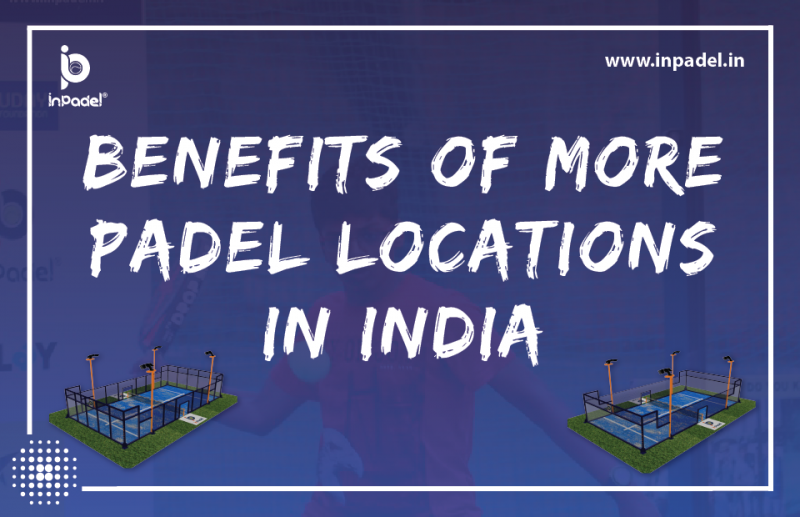Promoting a new sport is similar to promoting a new product. It has all the challenges that a new product faces in a seemingly saturated market.
“With so many games already so popular, and India doing well in a lot of them off-late, why should we invest in Padel infrastructure ?” is a question that is often asked by a lot of sports promoters with an interest in promoting sports infrastructure. With already so much out there, why risk in a completely new sport ?
The infrastructure vs ROI/profits is a perennial chicken-and-egg problem, in any business. An investor is always in a dilemma whether to first retrieve the ROI from one investments, generate sufficient profits, and then go for more ? Or go ahead and install more courts and let the sports promotion take its own course ?
The answer lies somewhere in between. Of course, one would not recommend openings courts indiscriminately – but any product requires a critical volume of infrastructure before it really enters the phase of a chain reaction.
Lack of sufficient infrastructure allows for very few people to be able to avail of the facility and more often than not, a large number of people would be turned away consistently – resulting in gradual loss of interest and switch over to those games which have sufficient infrastructure all around.


Imagine conducting a corporate party at a location with just one court. It accounts for longer waiting times for people before they get their chance to play, and the whole event ends up dry because of this. On the contrary, 3-4 courts at the location would have multiplied the fun and would generate the necessary “noise” in the town for more and more corporates to pitch in.
Ditto with conducting a large-scale tournament. The unavailability of courts would become a dampener.
For a sport like Padel, there are few hours in the day with the maximum demand of the court. Early mornings and late evenings are the peak periods in demand. If more and more people find themselves being turned away because of the unavailability of courts, the interest in the game would not be the same as it would be if large number of teams could play parallelly, in the same location, as well as across the town.

A large number of people would also be motivated to play regularly if they find a Padel court in their near vicinity. Having to travel several kilometres at odd hours for an hour of sport may not consistently keep everyone motivated for a long time. Sufficient number of courts spread throughout the town – across all prominent residential and commercial clusters – would inspire more and more people to participate in the sport with more regularity and commitment.
Like a new product, promoting a new sport requires buying much more than leasing real-estate. It requires leasing the mind-space of more and more people. You need to be constantly in sight. You need to compete with other sports for their attention. If people pass by Padel courts more frequently, and watching those fast-paced rallies and spectacular shots, they would be more inclined to stop by and watch the game. One day, they would want to enter the court and play it themselves. And as the reputation of padel goes – once somebody gets in – they would never go away.
Padel is catching across the world like a wild fire. The entire Europe is totally consumed by this fire. There is absolutely no reason why India would be left out of a global wave of this magnitude. At some point of time, Padel is going to be a big big business in India.
Why not take the leap of faith and seize the day ? The more buzz we create with a large number of Padel courts all over the major cities at all prominent locations, with a constant flurry of activities – playing, coaching, tournaments, corporate events, social events, family get-togethers – the whole country will be abuzz with Padel-mania in no time.










